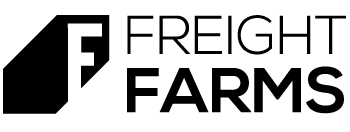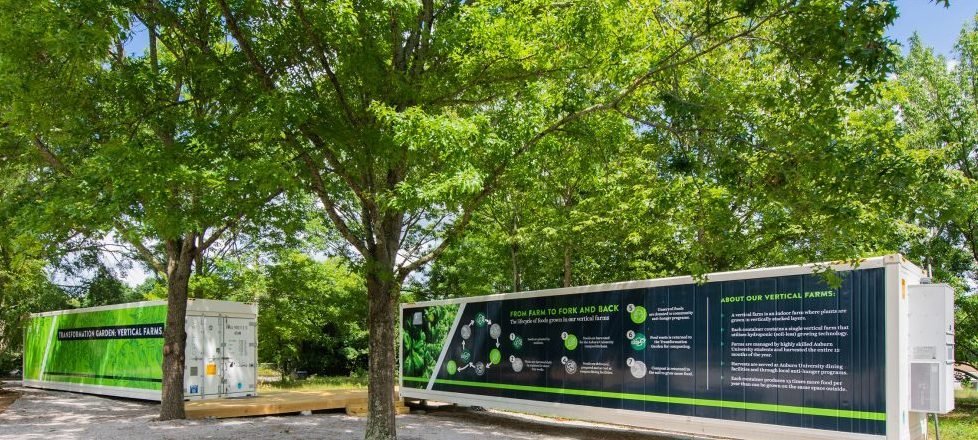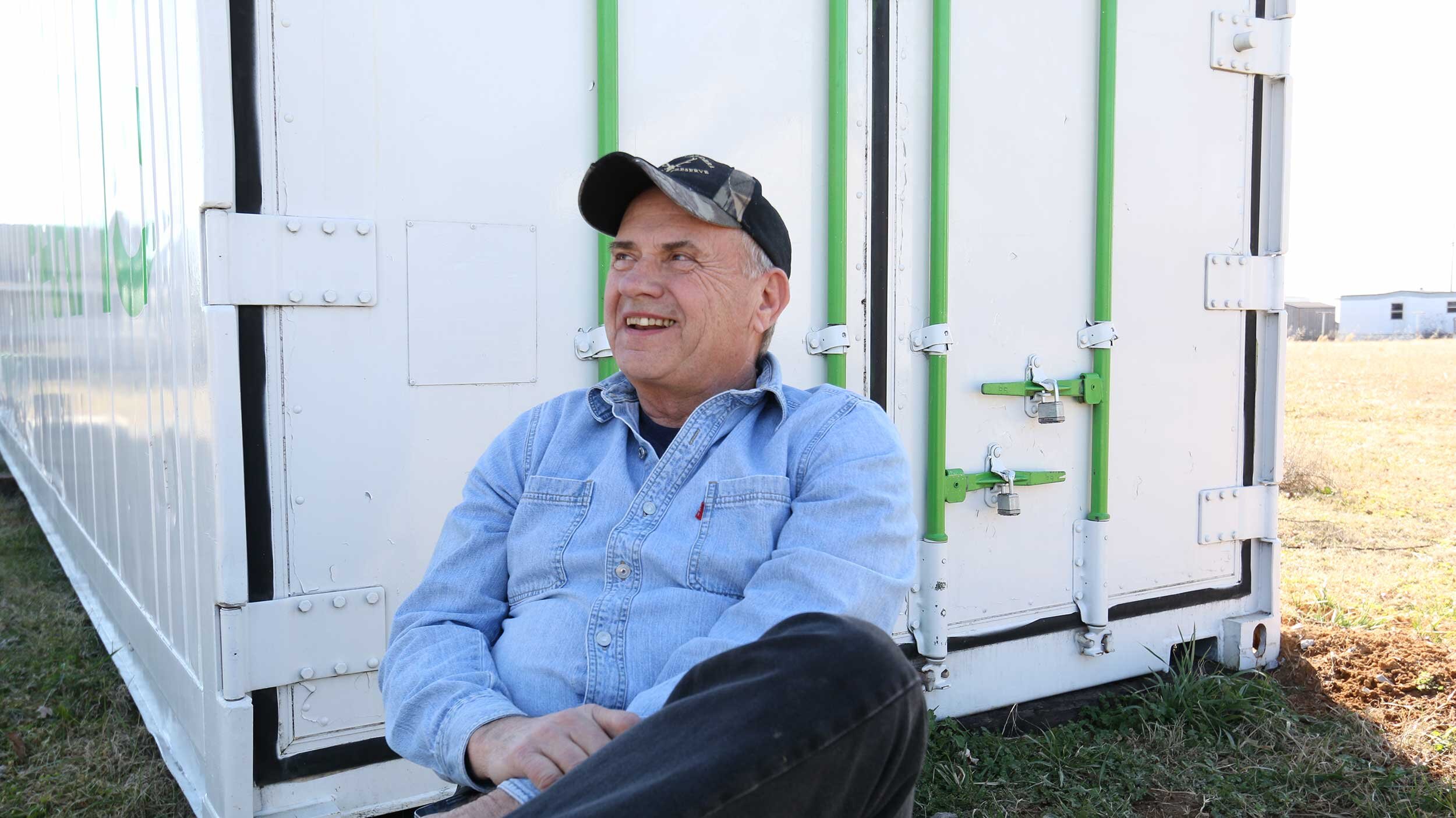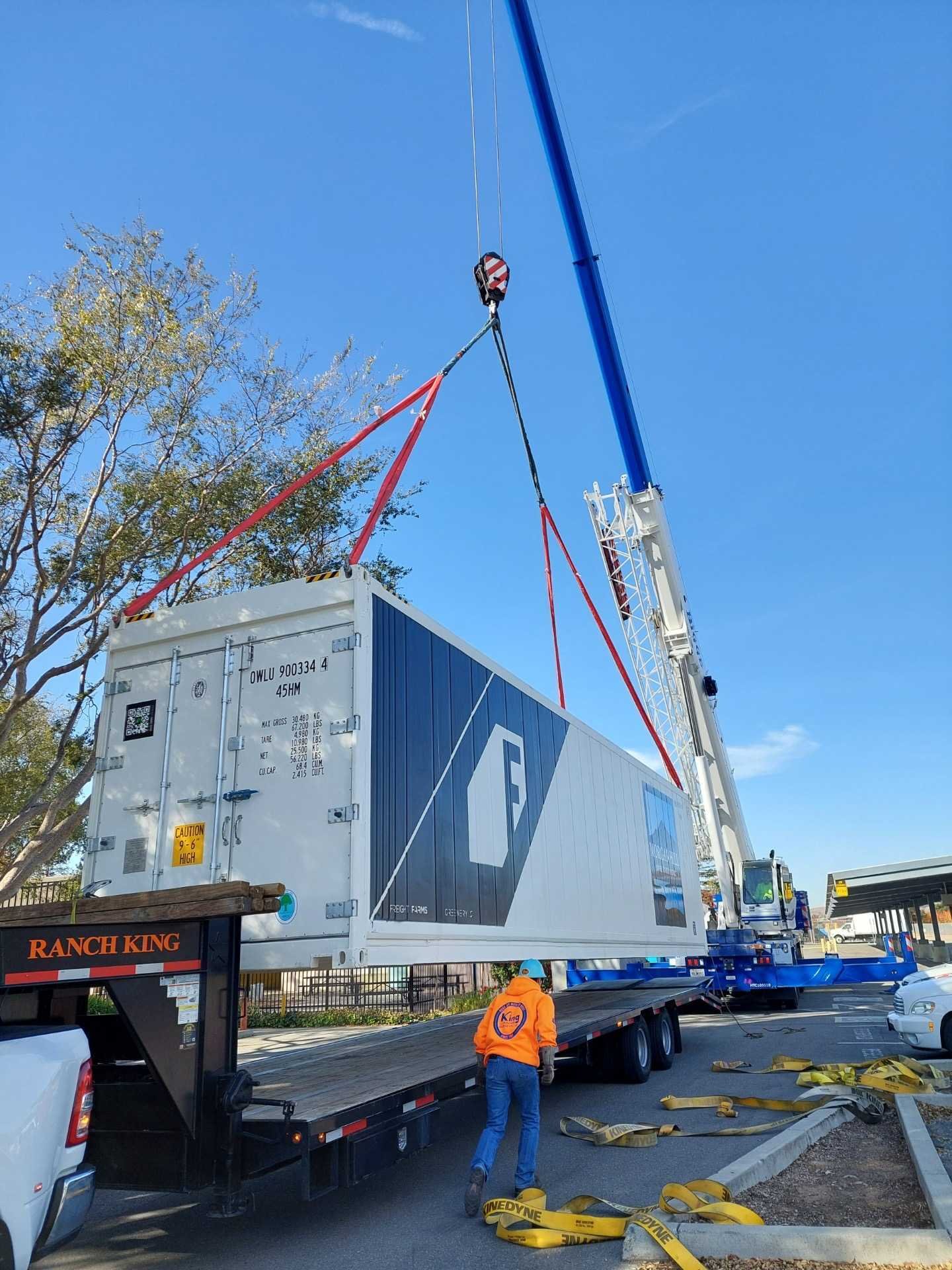Find Your Farm Financing
The comprehensive guide to financing your new container farm.
Finding the right financing can be daunting–there are so many options, lenders, rates, and payment terms, how do you know which one is right for you?
Here at Freight Farms, we’ve worked with hundreds of farmers and have helped them navigate the murky waters of farm financing.
We’ve done the legwork for you.
This webpage is a compilation of our industry knowledge, hours of research, and several conversations with our lending partners. We compare small business, equipment and federal financing options, as well as grants, incentives, and business planning tools. Start your search for farm financing:
The USDA
If you are not able to get funding from private lenders, federal programs are a great back up plan. Specifically, the USDA Farm Service Agency is a funder of “last resort” for farmers. In particular, this is a great place for new farmers to find funding, since the FSA sets aside a portion of their annual funding budget specifically for beginner farmers.
At your local bank
This is a great place to start, especially if you have taken out a loan from your local bank previously. Some banks have created local beginner farmer financing initiatives, while others work with the Small Business Association or Aggie Bonds.
-
An Aggie Bond is the middle ground between private and federal financing. They are created at the state level through a federal-state partnership that allows private lenders to get federal or state tax-exempt interest on loans for beginner farmers to purchase farmland, equipment, buildings, and livestock. Aggie Bonds are beneficial to everyone: Farmers have access to interest rates around 1-3% lower than market rates. For the federal government, the loan’s liability is held by the private lender, meaning states can assist beginning farmers without tapping into federal funds or impacting debt limits. Currently, Aggie Bonds are available in sixteen states: get all the details and state specific resources here.
Online
There is a huge variety of financing available online through regional and national lenders. These typically give you a quick decision after you provide some basic credit and business information, offering loans from $5,000-$5,000,000. Many provide general business loans, but we’ve collected information on farming-focused options below as well.









